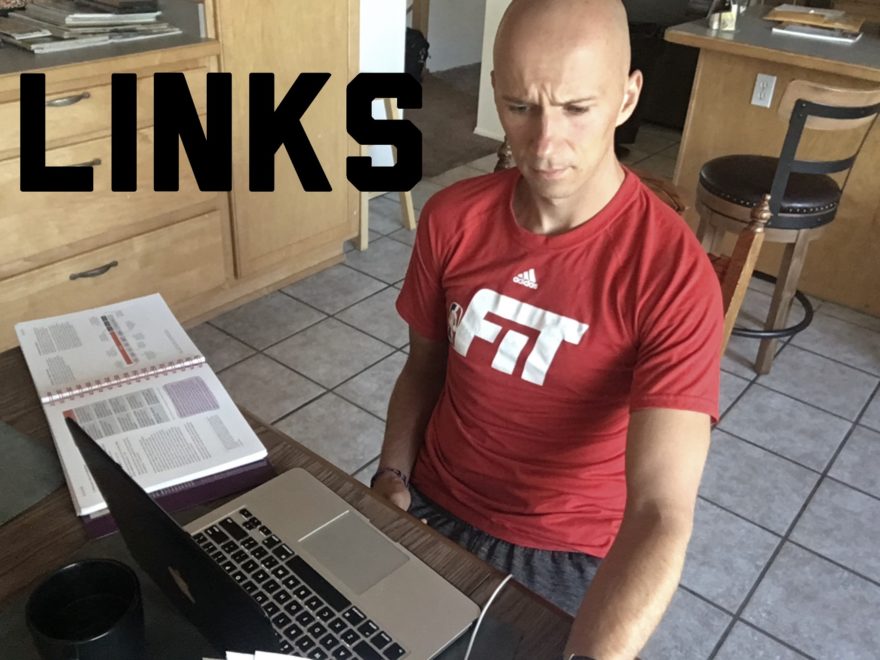Tag: nociception

September in Review
Every week, my newsletter subscribers get links to some of the goodies that I’ve come across on the internets. Here…
Course Notes: Advanced Integration and PRC Reflections
I Passed I officially became a Jedi this past December after retaking Advanced Integration and going through the Postural Restoration…
The Post Wonderful Time of the Year: 2014 Edition
And That’s a Wrap It’s that time of the year that we get to look back and reflect and what…

Course Notes: PRI Impingement and Instability – Cantrell Edition
A Quick Trip Home I made my first trip back to my roots since moving out west to watch Mike Cantrell’s…
The End of Pain
I’m Done Treating Pain. Yes. You read that correctly. I’m over it. Several different thoughts have crept into to my…
PRI and Pain Science: Yes You Can Do It
Questions You may have noticed that my blogging frequency has been a little slower than the usual, and I would…
Course Notes: Explain Pain
A Whirlwind I finally had the opportunity to meet my personal Jesus, David Butler, and learn the way that he…
The Year of the Nervous System: 2014 Preview
It’s All Part of the Plan And if you see my course schedule this year, the plan is indeed horrifying.…
Course Notes: Advanced Integration Day 4 – Curvature of the Spine
Today we get wild and crazy and talk about scoliosis and the like; the last day of AI. For day…
The Post Wonderful Time of the Year: Top Posts of 2013
The Best…Around Time is fun when you are having flies. It seems like just yesterday that I started up this…
Treatment of Shredded Cheese of the Hip: A Case Report and Rant
A Long Day I officially eclipsed my longest work day ever. Started seeing patients at 7:30 am and finished training…
Course Notes: PRI Impingement and Instability
Soooooooooo Dense It has been a long, busy, and great few weeks for me. After attending a cluster of courses,…
Chapter 7: Standard Neurodynamic Testing
This is a Chapter 7 summary of “Clinical Neurodynamics” by Michael Shacklock. Passive Neck Flexion With this test, the upper…
Chapter 5: Diagnosis with Neurodynamic Tests
This is a Chapter 5 summary of “Clinical Neurodynamics” by Michael Shacklock. Neurodynamic Tests In neurodynamic tests, there are two…
Course Notes: Mobilisation of the Nervous System
I Have an Addiction It seems the more and more that I read the more and more and read the…
